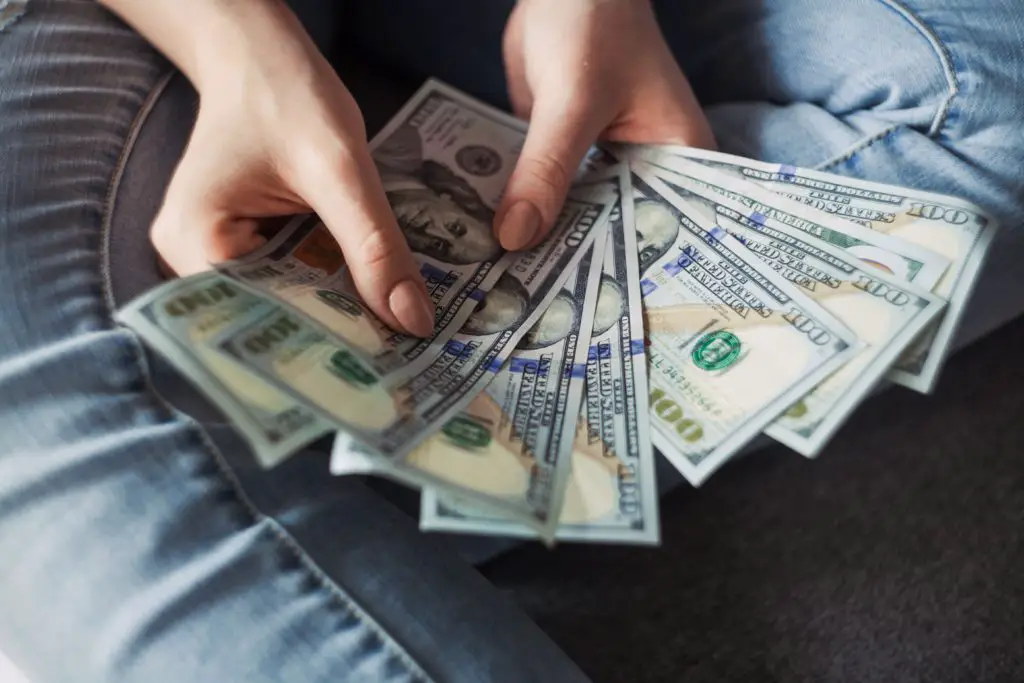Are you thinking about an alternative to using cash for payments? Or are you thinking of alternatives to using checks as a payment method? Or are you thinking about how to send money securely? If yes, then a money order might be a good deal for you. You will learn all the fundamental information regarding a money order in this post. Let us know about that the What Is A Money Order?

Money orders are paper checks that are often issued by the government or a financial institution. It provides a secure form of payment if sent through the mail. Oftentimes, when you send cash through the mail, it gets stolen, and sending checks exposes your account number which might not be safe in some cases too. Money orders take away the fear of sending money through the mail. They are safer than using cash to make payments all the time. People without bank accounts frequently utilize money orders as a form of payment.
Also, you might choose a money order if you are scared of using checks since they can be bounced for insufficient funds. If you are sending money abroad, you might also think about using it. Although not all countries make use of money orders, the US postal service money orders can be used in more than 20 countries.
How Its Works?
When purchasing a money order, it is required that you include specific information. First, you have to fill out the payees/recipient’s name and address to indicate who can cash out the money order. Also, include the date of purchase and the amount you are paying. Oftentimes, money orders have a limit of $100 and you might have to buy another money order if you are buying above the limit. Your name, address, the reason for the payment, and your signature must all be included. Filing the money order must be done accurately as mistakes cannot be corrected.
How can I Buy a Money Order?
Before you can buy a money order, you need to get all the documents and necessary things you need to get a money order. First, get the cash or debit card you will use to initiate the purchase of the money card. Get the name, address, and amount you want to send the payee as well. Then, you need to complete the appropriate fields on the money card. Because errors cannot be corrected, please enter the data completely. After initiating the transaction, ensure that you keep your receipt. The receipt contains the information you have entered on your money order. The tracking number on your receipt will allow you to trace your money order. You need to verify if the recipient has received the money order and hence the use of the tracking number.
How to Cash Out a Money Order?
It is always advised that you cash out your money orders at institutions where they were issued. Although you can cash out your money order at banks, grocery stores, convenience stores, post offices, etc, be careful of the extra charges that come with cashing out. You can also decide to deposit the money into your bank account. You will be required to provide a means of identification, either a national card or a passport.
Pros and Cons of a Money Order
Pros
- It does not require a bank account for it to be used.
- It does not include personal account information.
- It is a guaranteed alternative to the use of checks.
- It is used as a mode of payment in some stores.
- It can be cashed in another country. You can send a money order internationally, that is, you can send a money order in a country and have it cashed out in another county.
Cons
- Cashing money orders can come with charges. These charges depend on the financial or government institution you are using.
- Money orders are difficult to track as it can take weeks and filling of forms to confirm if your money order has been cashed. The issuer will have to fill out tracking forms and pay additional charges.
- Money orders can be fraudulent when you exchange money orders with strangers, when the sender is asking for too much money and when you can’t verify if the funds have been sent.
Conclusion
Money orders are a great way of sending money, receiving money, and also making payments. It has many benefits and few drawbacks, which nevertheless makes it a fantastic tool to utilize. Money orders can also be used to make payments; when you are not sure about taking a check, you can be sure about taking a money order.
Frequently Asked Questions (FAQs)
- Is money order the same as checks?
No. Money order involves exchanging money for a piece of paper for that particular amount of money. Also, you can get a money order from different other than a financial institution such as convenience stores, post offices, etc.
- Can I cash a money order?
Yes. When you take a money order to the bank or a convenience store, you can cash out the money order or deposit it to your bank account to be able to use the money.
